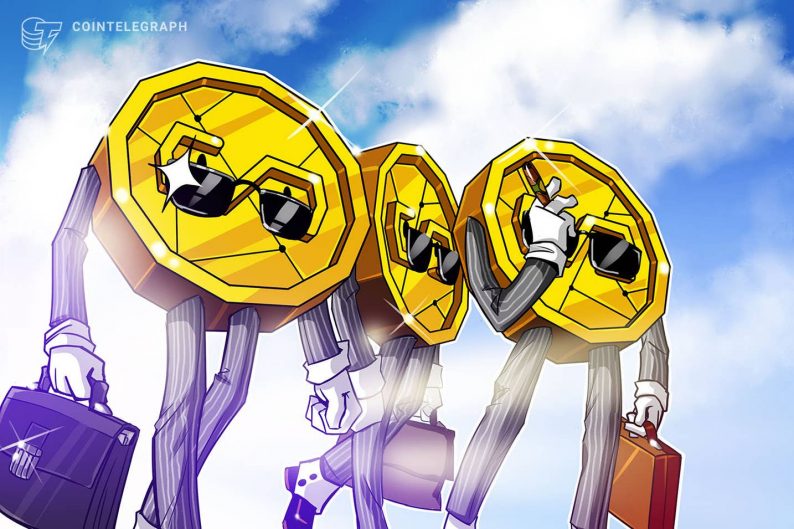Christine Lagarde, president of the European Central Bank, said all cryptocurrencies, in which she included stablecoins and speculative assets, “are not currencies at all.”
In a Sept. 1 interview with World Economic Forum founder and executive chair Klaus Schwab, Lagarde said cryptocurrencies “present themselves as currencies,” but she still considered them as assets to be regulated and “supervised by asset regulators.” Under this definition, the ECB president claimed fiat-pegged digital currencies were also considered assets.
“Stablecoins are pretending to be a coin, but in fact it’s completely associated with an actual currency,” said Lagarde. “For instance, some of them are saying that they can be used for transactions, but the value will be exactly aligned to the dollar.”
She added that projects behind issuing any stablecoins should be required to fully back their assets with fiat:
“That needs to be checked, supervised, regulated so that consumers and users of those devices can actually be guaranteed against eventual misrepresentation. I think very recent history has shown that those reserve currencies were not always available and as liquid as they were intended to be.”
Lagarde may have been referring to Tether, the largest stablecoin issuer by market capitalization. The company recently agreed to pay $18.5 million in damages and submit to periodic reporting of their reserves until 2023 as part of a settlement with the Office of the New York Attorney General, who alleged that the stablecoin issuer had misrepresented the degree to which its USDT tokens were backed by fiat collateral.
Related: Pandemic has accelerated adoption of digital currency: ECB President
However, despite these seemingly strong opinions on digital assets, Lagarde made it clear the ECB intended to respond to its customers. She has previously criticized stablecoins and cryptocurrencies, but didn’t rule out the possibility the ECB would introduce a central bank digital currency. In July, the ECB’s governing council said it would launch the investigation phase of a digital euro project lasting two years.
“If customers prefer to use digital currencies rather than have banknotes and cash available, it should be available,” Lagarde said. “We should respond to that demand and have a solution that is European based, that is secure, that is available, and friendly terms that can be used as a means of payment.”








Leave A Comment